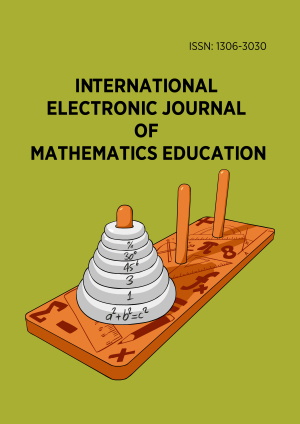Abstract
This paper aims to share the study of integrating a rubric as an assessment for learning tool in a secondary mathematics classroom in Spain. More precisely, this study intends to examine the viewpoint of a Spanish teacher regarding the benefits and difficulties of using rubrics as an assessment for learning tool. The intent of this article is to motivate secondary mathematics teachers to use rubrics in their classes. In addition, this article aims to contribute to the limited literature that pertains to the use of rubrics in secondary education. The results indicated that rubrics have the potential to enhance students' learning and teacher‟s work. Using the rubric made the students an active part in the learning process since they knew what is expected from them and worked hard to achieve the required level. In addition, using the rubric allowed the teacher to check on daily bases the level of understanding for all students. On the other hand, the rubric consumed a lot of time and effort from the teacher and her students because the rubric was a new method for them. The students argued that using the rubric is difficult because it requires a lot of details and because they are not used to use mathematical language to explain every step in problem solving.
License
This is an open access article distributed under the Creative Commons Attribution License which permits unrestricted use, distribution, and reproduction in any medium, provided the original work is properly cited.
Article Type: Research Article
INT ELECT J MATH ED, Volume 9, Issue 1, January 2014, 73-82
https://doi.org/10.29333/iejme/282
Publication date: 10 Apr 2016
Article Views: 6646
Article Downloads: 5984
Open Access References How to cite this article
 Full Text (PDF)
Full Text (PDF)